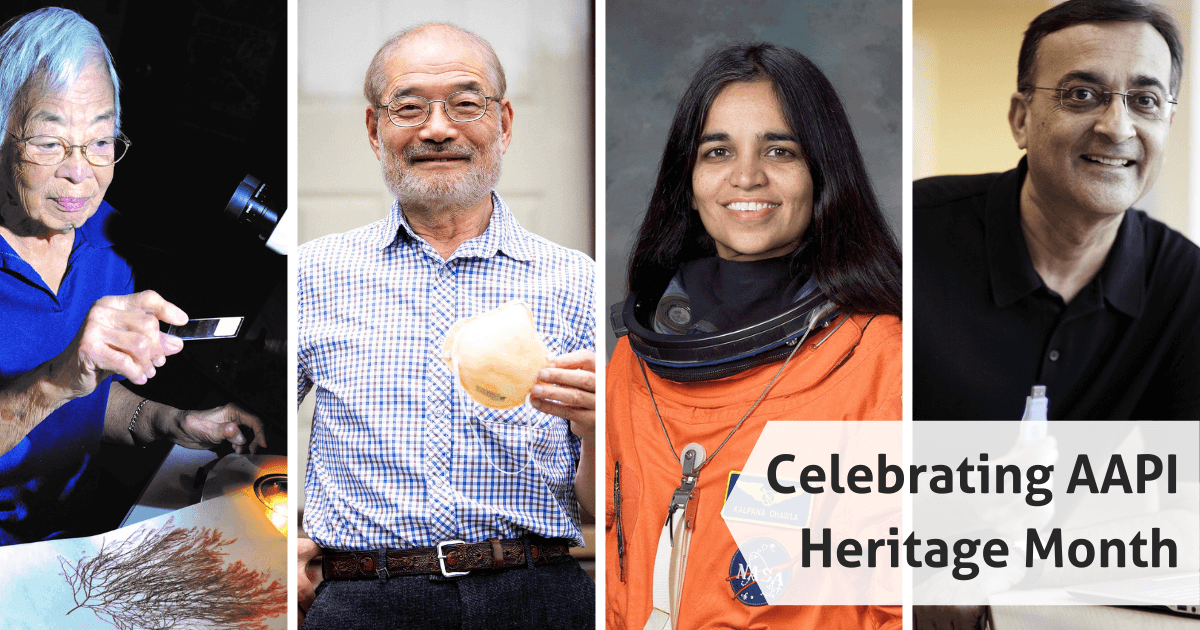It’s May, which means it’s getting warmer outside, and teachers and students are winding down the school year. Some are preparing for exciting STEM summer camps, and others are looking forward to some time to recharge for next fall. But, most importantly, May is Asian American and Pacific Islander Heritage Month. And, we’re excited to celebrate scientists, researchers, and other AAPI STEAM leaders as we recognize all their incredible contributions.
Representation in STEAM is invaluable, especially because of a lack of visibility among AAPI individuals across numerous scientific fields. In a 2020 study of science textbooks, for example, over 90 percent of featured scientists were white, leaving very little room to properly represent scientists of color. To help with remedying this, and to ensure young students gain the confidence to follow their passions, we've picked several inspiring AAPI scientists to highlight. And, we hope that everybody will continue working toward ensure equity and inclusion in STEM going forward!
Isabella Aiona Abbott (1919–2010)
The first native Hawaiian woman to earn a science PhD, Isabella Aiona Abbott was a renowned expert on limu—edible seaweed. Growing up in Honolulu, Abbott learned about edible plants, particularly seaweed, from her mother. By 1950, she earned an undergraduate degree, a master’s degree, and a PhD in botany, and poured this knowledge into creating seaweed-based recipes.
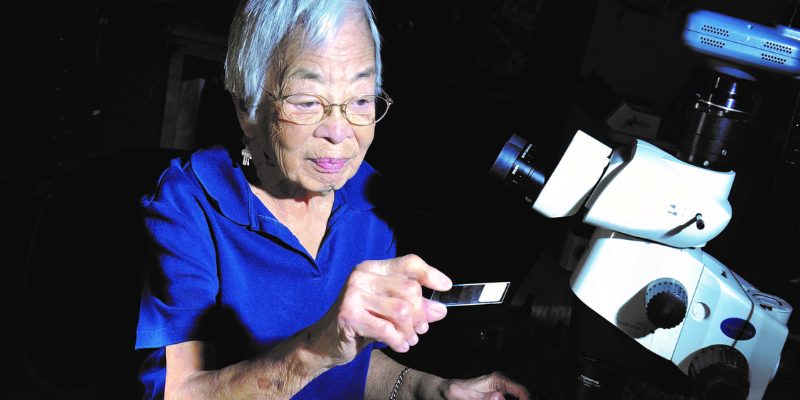
Over the next several years, Abbott published research on algae found along parts of the California coast. Eventually, her work led to her professorship at Stanford. After teaching for a decade and publishing eight books, she earned the name “First Lady of Limu” for her discoveries of over 200 new species of seaweed. Limu is a significant part of traditional Hawaiian cooking often used in soups and salads or as condiments and garnishes. In one of her many books, Abbott wrote about how the Hawaiian elders’ knowledge of limu provides “cultural continuity” and warned of losing their traditional knowledge. Her research even helped ensure that this nutritionally-rich, vitamin-dense staple remains a prominent part of Hawaiian culture.
Tetsuya Theodore (Ted) Fujita (1920–1998)
Thanks to Ted Fujita, we can measure the severity of tornadoes and also better prepare for weather events. Fujita was born in Japan, but after American meteorologist, Horace Byers, heard about this research, Fujita moved to Chicago to continue his work. At that point, he had already discovered the unique meteorological phenomenon of the downburst, which occurs when currents of air rush downward at a high speed due to temperature changes. Downbursts are dangerous for aircrafts, so this was especially valuable for aviators.
However, Fujita's most well-known STEAM research centered on another type of fast-moving and fiercely powerful wind—the tornado. He developed the Fujita scale, which is used in measuring the intensity levels of tornadoes based on their wind speed and other factors. Although the original Fujita scale has now been modified to an enhanced version, it's proven invaluable for meteorologists. Thanks to Fujita, scientists can accurately determine a tornado’s danger level, as well as the extent of its damage.
Flossie Wong-Staal (1946–2020)
Born in China, Flossie Wong-Staal’s contributions were instrumental to the study of HIV and AIDS. She'd become interested in science at a young age and teachers encouraged her to continue her studies in the United States. After earning a PhD in molecular biology, Wong-Staal pursued virology research for some time and focused specifically on understanding HIV.
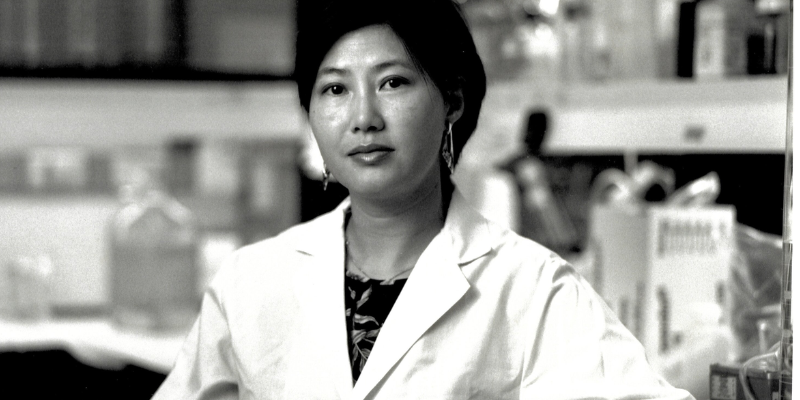
In 1975, she became the first to clone HIV and created a genetic map of the virus. Her discoveries made it possible for researchers to eventually develop blood tests for HIV, contributing significantly to public safety efforts. Subsequently, her continued research into HIV led to the development of viral suppression methods and treatments for AIDS-related symptoms. HIV was not the only illness affected by this research, however. Wong-Staal also studied some of the viral agents that contribute to leukemia, ultimately proving their role in causing the disease. Her work on both HIV and leukemia was instrumental towards developing treatments, and she continued her research until her death.
Roger Yonchien Tsien (1952–2016)
Roger Y. Tsien’s impressive educational history includes degrees from Harvard and Cambridge, but that’s not all. He also changed the face of biochemistry. In the mid-1990s, Tsien began research into GFP (green fluorescent protein), a substance in jellyfish that produces fluorescent light. Previously, other scientists had demonstrated that GFP could be linked to various proteins. Scientists then used the lights from these links to track biological processes.
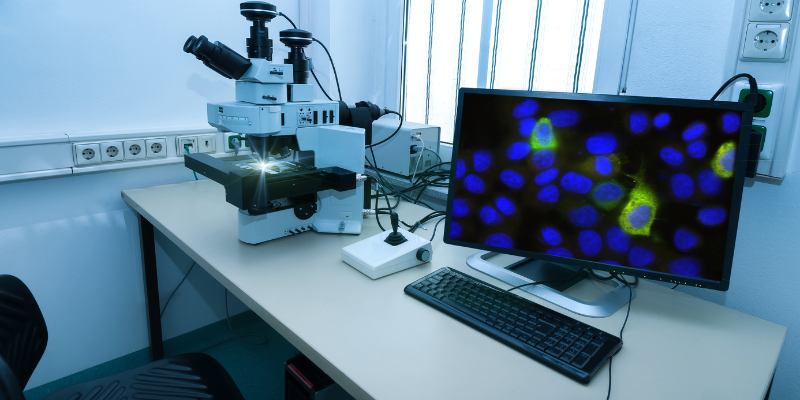
Tsien’s research greatly expanded the possibilities of GFP use. He discovered the chemical reaction behind GFP’s glowing properties and created variants that emitted many different colors. That way, scientists were able to follow multiple biological processes at once. Also, for young STEM learners, biology and genetics labs may be just the inspiration they need to follow in his footsteps!
Peter Tsai (1952–)
The man who patented the N95 mask filtration system has received much attention in recent years, and for good reason. One of the most effective protections against COVID-19, these N95 masks were first created by Peter Tsai in the mid-1990s. Tsai grew up in Taiwan before moving to the United States for postgraduate research in math, physics, and chemistry.
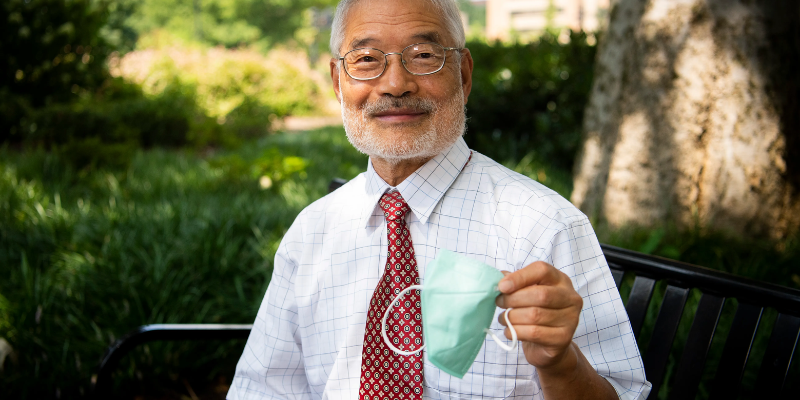
After he earned a materials science PhD, Tsai remained at his alma mater, the University of Tennessee, and began researching filtration technology. He discovered that combining positive and negative charges in one material would cause smaller particles like viruses to become trapped. The resulting filter became the basis for N95 masks. Tsai came out of retirement in 2020 to revamp the masks during the pandemic, helping to protect people worldwide.
Shuji Nakamura (1954–)
The next time you screw in an energy-efficient LED light bulb, take a moment to thank Shuji Nakamura. The Japanese-born scientist and his colleagues received the 2014 Nobel Prize in physics for their contributions in developing blue-light LEDs. Although red and green LEDs were already in production, blue LEDs proved much more difficult to create. However, all three colors are necessary for a combined white-light LED.
Others had already put significant money and effort into creating a blue-light LED without success, but that didn’t stop Nakamura. He pursued a brand-new method of producing blue light, using a compound known as gallium nitride instead of the more accessible zinc selenide that others had tried out. In 1995, his efforts paid off: Nakamura had created the first commercial blue LED. Once combined with the already extant red and green LEDs, Nakamura’s invention could create white LED lighting. Now common in homes and public buildings, LED lights are both cheaper and more energy-efficient than incandescent and fluorescent bulbs. And, overall, Nakamura's invention helped create a more economically and environmentally friendly world.
Ajay Bhatt (1957–)
How often do you use a USB port? Whether you’re transferring data, using your computer mouse, or just charging up your phone, you have Ajay Bhatt to thank for the capability. In 1994, the Indian-born computer architect encountered an obstacle: his daughter couldn’t connect a printer to their home computer. Bhatt believed that connecting two devices should be far more accessible, so he gathered up his team at Intel to design a solution.
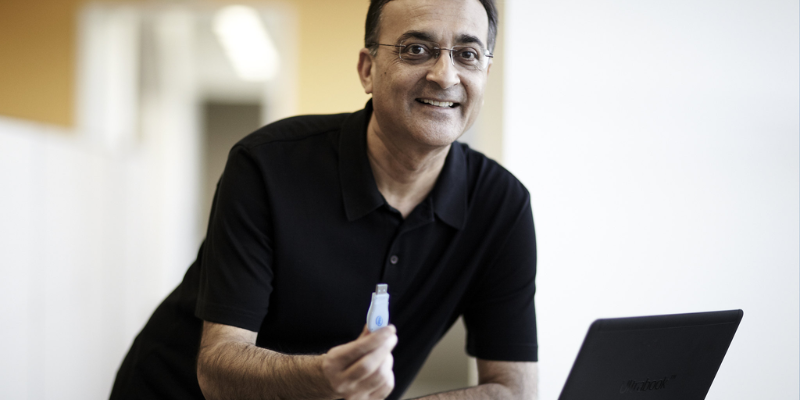
Together, they invented a device Bhatt called a “Universal Serial Bus,” or USB. After Intel had implemented USBs into its products starting in the mid 90s, both Apple and Microsoft quickly followed and adopted this new technology as well. Thanks to Intel’s desire to keep the technology accessible and affordable, the USB was not patented, and as a result, it’s compatible with almost every computer produced today.
Kalpana Chawla (1962–2003)
Kalpana Chawla grew up watching planes take off from flying clubs in India. Her passion for flight led her to pursue multiple advanced degrees in aeronautical and aerospace engineering, and she began working with NASA in 1988. Chawla’s aerospace research involved advancements in V/STOL (vertical and/or short take-off and landing) procedures, which allow certain aircraft to take off rapidly without the need for a runway.
Later, during a 1997 NASA mission, she became the first Indian woman to travel to space. She spent more than two weeks in orbit and was responsible for deploying a key satellite. Sadly, however, she and her crew members died during her second space mission aboard Columbia in 2003. The shuttle took damage and it disintegrated during its re-entry into the Earth’s atmosphere after its crew had performed almost 80 notable space science and engineering experiments. Despite the tragedy, Chawla’s notable legacy helped pave the way for more women and people of color to follow their dreams of flight.
Honoring AAPI Scientists
Although May is coming to a close, it’s still important to commit to recognizing accomplishments by AAPI scientists throughout the year. These inspiring STEAM leaders have all made great strides in public health, space exploration, nutrition, computer science, and more. If diverse groups were excluded, STEAM fields would be deprived of brilliant minds. And, no one should ever feel underrepresented in their passions.
For the latest EdTech, STEAM, and 21st century education news, and to hear more on influential scientists who have contributed to our technological landscape, be sure to follow us on Twitter and Instagram. Plus, check out our other blogs on equity in STEAM for more about centering diverse populations in schools.



